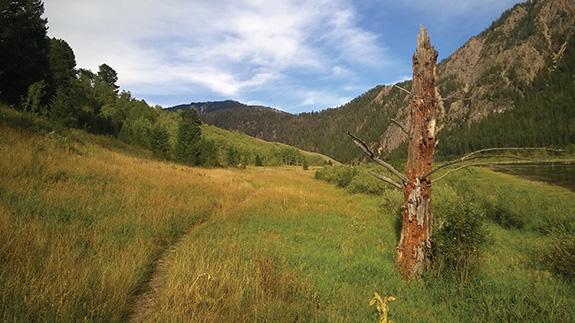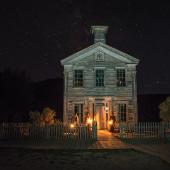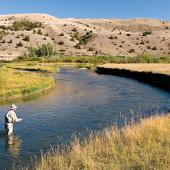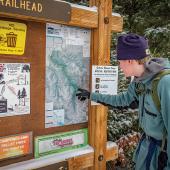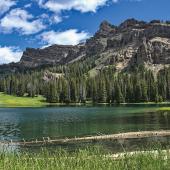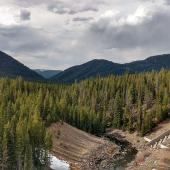Wild Pitch
USFS and Recommended Wilderness.
Through the Forest Plan Revision, the Custer Gallatin National Forest is updating the overall guiding document for future forest management. This summer, the Custer Gallatin will be undertaking the Wilderness process. Each Forest across the nation will likely undergo a Wilderness process at some point, as part of the 2012 planning regulations. Four steps are outlined for all National Forests.
Forest Lands Inventory
This initial mapping exercise is a wide look at all areas generally larger than 5,000 acres that avoid active roads, facilities, campgrounds, infrastructure, powerline developments, and previous active management. This broad sweep is just the start, but will produce a map called the Wilderness Inventory, best thought of as the starting point to look and see what meets the remaining criteria, or similar to the top of a large funnel or sieve. The Custer Gallatin expects to have this inventory available for public review by summer 2017. The public can help the Forest Service identify where it may have missed key features that should be in the inventory.
Wilderness Character Evaluation
This second step starts to narrow down lands based on naturalness of plant and animal communities, opportunities for solitude and primitive recreation, and the ability to manage to preserve Wilderness character. This evaluation will be available late in 2017 or early 2018.
NEPA Analysis
A draft plan expected in winter 2017-18 may propose areas from the evaluation step as “Recommended Wilderness.” Alternatives to proposed “Recommended Wilderness” would be displayed and analyzed in the Environmental Impact Statement conducted under the National Environmental Policy Act (NEPA).
Recommendation
The decision on the revised forest plan will document whether any specific areas are designated as “Recommended Wilderness.” This decision document serves as a preliminary administrative recommendation that will receive further review at upper levels of the Forest Service. If any areas are designated as “Recommended Wilderness” in the revised forest plan, the plan must contain direction to protect and maintain the social and ecological characteristics that provide the basis for the Wilderness recommendation.
The 1987-era Custer and Gallatin plans identified seven Recommended Wilderness Areas to be maintained to preserve Wilderness character. Ultimately, only Congress can officially designate Wilderness. To stay abreast of the most recent updates, visit fs.fed.us.
Mariah Longeran-Leuschan is an information officer with the Custer Gallatin National Forest.


